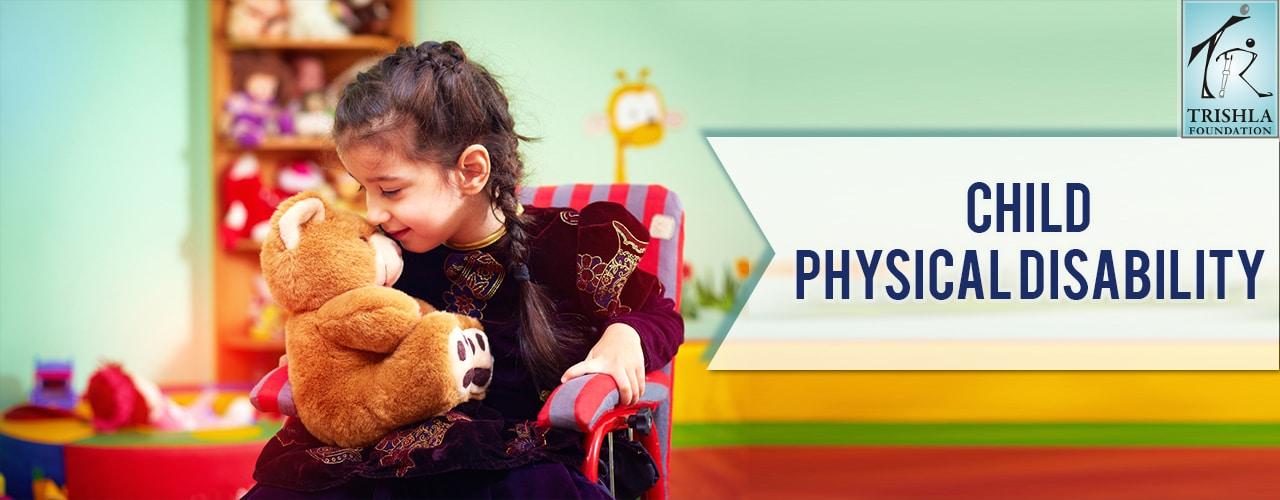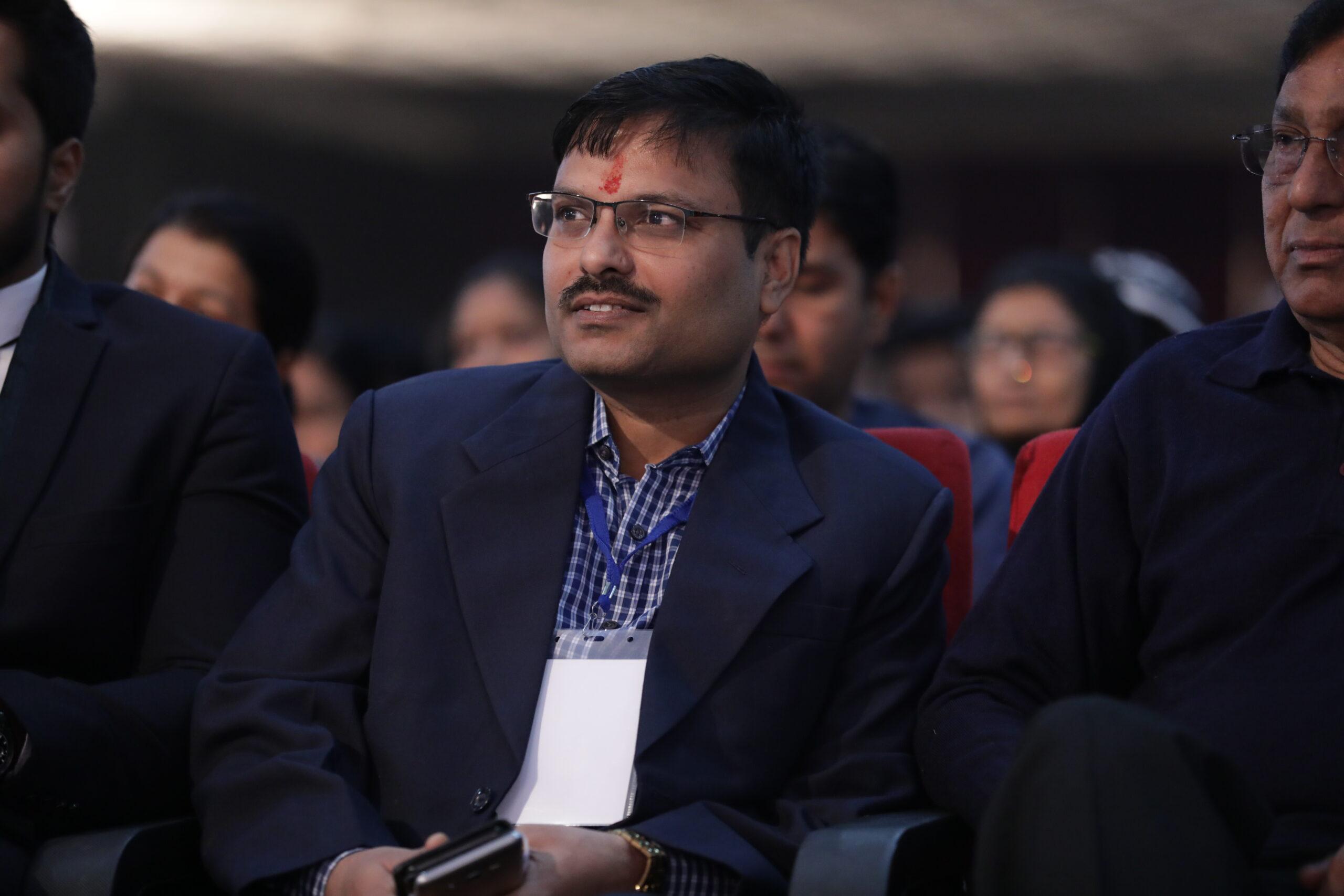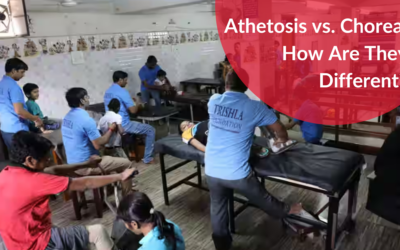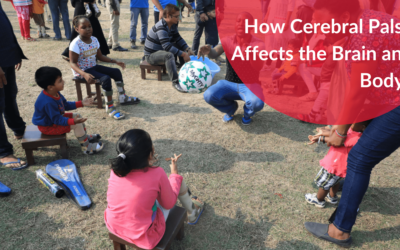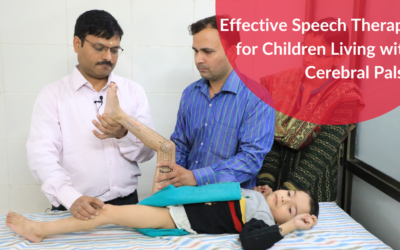What Is A Child’s Physical Disability?
A child’s Physical disability may influence, either incidentally or for all time, an individual’s physical limit as well as versatility.
While there are tests accessible for some physical disability, they are regularly analyzed through perceptions of an individual’s advancement, conduct, and physical abilities.
There are many distinctive reasons for physical inabilities however they can incorporate acquired or hereditary disarranges genuine ailments, and damage.
Types Of Child Physical Disabilities
Acquired Brain Injury
Harm to the brain, which happens after birth isn’t identified with an intrinsic or degenerative illness. These debilitations might be transitory or changeless and cause halfway or utilitarian incapacity or psychosocial maladjustment.
Spinal Cord Injury (SCI)
Harm to any piece of the spinal cord or nerves toward the finish of the spinal canal.
Spina Bifida
A born defect in which a developing baby’s spinal cord neglects to grow legitimately.
Cerebral Palsy
An innate issue of development, muscle tone, or stance. For more visit: Cerebral Palsy: Trishla Foundation
Cystic Fibrosis (CF)
An inherited life-threatening disorder that damages the lungs and digestive system.
Epilepsy
A disorder in which nerve cell action in the cerebrum is bothered, causing seizures.
Multiple Sclerosis (MS)
A disease in which the immune system destroys the defensive covering of nerves.
Muscular Dystrophy
A group of genetic sicknesses, that reason dynamic shortcomings and loss of muscle mass.
Tourette Syndrome
Disorder including monotonous developments or undesirable sounds.
Dwarfism
Abbreviation(Shortness) in height that results from a natural or medicinal condition.
Ways To Help Child Physical Disability
- Build connections of acknowledgement and balance by observing beyond the disability.
- Learn about the inability and how you can help. Become more acquainted with the individual and the guardian.
- Show sympathy, affectability, and truthfulness by regarding the person’s desires. Keep up harmony in aiding and enabling the person to develop by accommodating oneself.
- Prepare to oblige people with a physical inability before Church gatherings and exercises start. This may incorporate giving inclines, seating lodging, access to all offices (counting the platform), and media gear. Offices ought to be available to individuals who use wheelchairs, props, fake appendages, other assistive gadgets, or assistive creatures.
- At least one bathroom must be available for people with an assortment of physical needs.
- Sit or stoop, if essential, to visit at a dimension that is agreeable for both.
- Invite people with physical handicaps to take part and give administration. Offer them chances to contribute profoundly.
- It is OK to inquire as to whether somebody might want assistance, however, don’t help an individual without his or her consent. Consider well-being and obligation issues.

